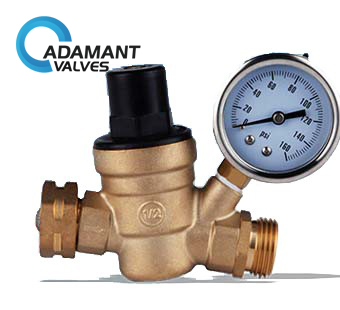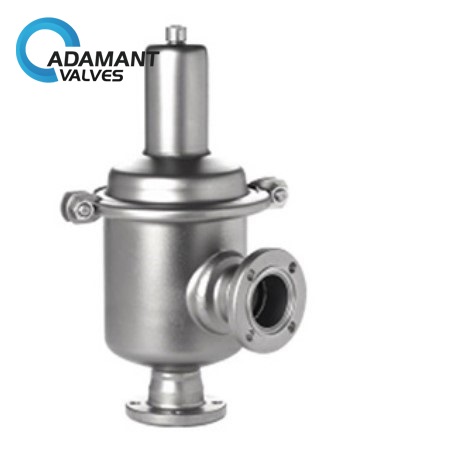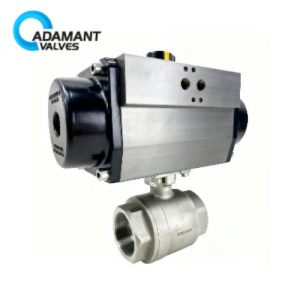Pressure Relief Valves and Pressure Reducing Valves: Knowing Their Roles

In plumbing and process systems, the management of fluid pressure goes beyond just issues of performance-it is a basic safety requirement. Even though these valves have similar-sounding names, pressure relief valves and pressure reducing valves serve two entirely different purposes. Confusing them is not merely a technical mistake, but can be a critical safety lapse.
Pressure Relief Valves
Let’s start with the relief valve, better understood as a dedicated safety device. You’ll find an installed water pressure relief valve on equipment such as water heaters or boilers. Its entire function is to sit idle during normal operation, only activating in a failure scenario. If pressure inside the vessel climbs to a dangerous level, the valve opens rapidly to vent the excess pressure, preventing a potential catastrophe. Once the system pressure returns to a safe level, the valve closes again.
Which brings us to one of the most common clarifying points about this type of product: explaining the difference between a pressure safety valve and a pressure relief valve. The difference between safety valve vs. pressure relief valve is nuanced, and in engineering terms, the actual distinction between safety relief valve vs. pressure relief valve often comes down to the type of medium-fluid-and opening characteristics. In our previous article, we examined the key differences between the two. A safety valve is generally designed for use with a compressible fluid-such as steam or gas-and is capable of opening fully almost in an instant, whereas a pressure relief valve, used more commonly for liquids, might open more gradually. Regardless of the type, both are essential last lines of defense against overpressure conditions.
Are Pressure Relief Valves the Same as Safety Valves?
Pressure Reducing Valves
On the other side is the pressure reducing valve, which is not a safety guard but another type of pressure regulator that operates indefinitely. It takes a high, variable inlet pressure in from a main supply line and regulates it to a constant, lower pressure downstream.


Press Pressure Reducing Valve (No Lead) Sanitary High Purity Pressure Reducing Valve
Understanding the working principle of a pressure-reducing valve is important. They work on the principle of a balance of forces: a diaphragm or piston that senses the downstream pressure, with a constant opposing spring force that is adjustable. If the downstream pressure falls, the mechanism opens the valve further. If the pressure rises, it closes down. This constant modulation is the way the stable output is maintained. One glance at any diagram about pressure-reducing valves will show how the line feeding back from the downstream pressure feeds onto the controlling diaphragm.


So, practically speaking, these two valves often operate within the same system but never accomplish exactly the same task. A residence may use a pressure-reducing valve at the main to safeguard its plumbing fixtures from high street pressure, while the water heater would maintain its own water pressure release valve as an ultimate protection against thermal expansion. One is a pressure manager, and the other is a pressure fail-safe. Understanding this difference becomes highly important to the professional who deals with system design, maintenance, and safety.




